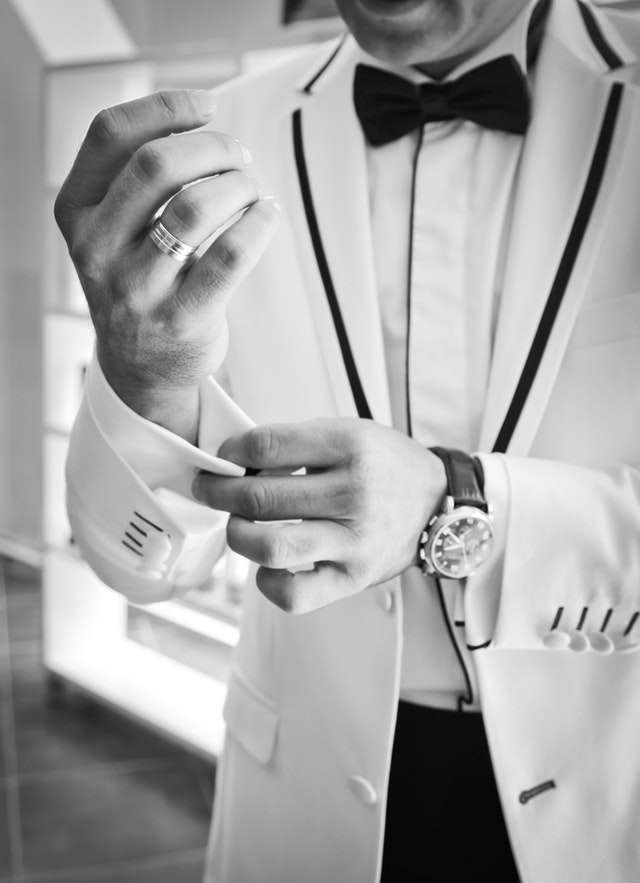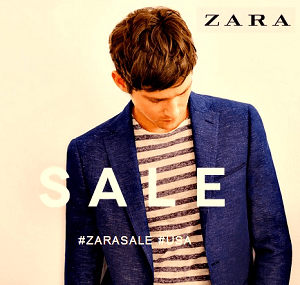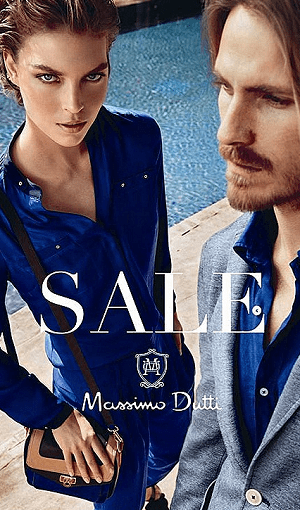Just received your first invitation to a black tie event? First thing’s first — don’t think you’re truly exempt if the invite says ‘black tie optional’. The host will almost certainly be dressing up for the occasion, and it’s obviously far better to be overdressed than underdressed. More importantly, you will be guaranteed to look incredible next to the guests who haven’t made the effort.
For the uninitiated, black tie is a formal dress code for milestone events, like weddings and award ceremonies. The style originated in nineteenth-century Britain as an alternative to the tailcoat, with King Edward VII starting the trend when he wore a tailless smoking jacket and matching trousers. This eventually came to be known as a dinner jacket, and went on to become popular in the US too, where they call it a tuxedo.
If you’ve never been to a black tie event, or never worn a tuxedo yourself, you probably have a lot of questions about the dress code. Let us explain everything you need to know to look the part:
The dinner jacket
There are plenty of dinner jacket options for black tie events, but we’d recommend playing it safe if you’re new to dressing up. Take advice from style guru Jeremy Hackett, founder of British formalwear favorite Hackett. “If we are talking about a black tie event then I think you should dress as it says on the tin,” he explained to Esquire. “I always think that a single-breasted, one-button, peak lapel is the best option — formal but not buttoned up. My mantra is ‘Formal dress is not fancy dress’. Keeping it simple makes a much stronger statement.”
Black tie dinner jackets were originally made from silk, but nowadays the most common fabric is wool barathea, which is matte, and therefore looks darker. However, if you want to make a more subtle statement, you can wear velvet instead. And while black is the obvious choice when it comes to color, you might prefer to wear a jacket in midnight blue. Technically, this is more historically accurate, being the jacket color first worn by Edward VII — the switch to black only came about when Queen Victoria went into mourning for her husband Prince Albert. Midnight blue is perfect because it becomes darker and richer than black when seen under artificial light.
Shirt
White dress shirts, with double cuffs and holes for the cufflinks, are the norm for black tie events. These are traditionally made from Marcella (a stiff cotton fabric) and can be either pleated or unpleated. Although a wing collar is designed to be worn with a bow tie, strictly speaking the style is meant for white tie events, so choose a shirt with a turndown collar instead. There’s no strict rule when it comes to buttons, leaving it up to you to decide whether they’re black or white.
Tie
A bow tie is a must and you’ll look far more sophisticated if you tie it yourself, rather than opting for a pre-tied or clip-on option. And of course, you should be sure to choose one that’s the right size, which you can easily do by checking it’s proportional to your head and collar. When it comes to color, you can’t go wrong with black ,but you’re welcome to choose a different shade as long as it’s dark — burgundy and green are generally seen as the best alternatives.
Waistcoat or cummerbund
You don’t have to wear a waistcoat or cummerbund, but they can add a little extra pizzazz and give you a more streamlined look. First of all, you may be wondering what a cummerbund is. This is basically just a sash you wear around the waist, providing a seamless transition between the shirt and the trousers. Cummerbunds often have pleats facing up, which were originally designed to hold items like ticket stubs, and to catch crumbs.
It’s up to you whether you wear a cummerbund or a waistcoat, but never wear both together. Whatever you opt for, make sure the material covers your trouser band and conceals the bottom of your shirt. As with your bow tie, waistcoats and cummerbunds in black or other dark colors work best.
Trousers
Trousers for a black tie outfit are very straightforward. They simply need to be dark, well-fitted, and match your dinner jacket. Bear in mind that traditional black tie trousers don’t have belt loops, but braces are a better option either way. These help to smooth your trousers out, and are much less restrictive around the waist, giving you the space and comfort you need to indulge in food and drink at the event.
Shoes
Polished black footwear is a must, and you shouldn’t just grab your everyday office shoes for the occasion either — it’s definitely worth investing in a new pair so you’re dressed to kill from head to toe. Patent Oxfords and loafers are two examples of excellent black tie shoes, but for something a little different, slip into some velvet slippers. Whatever you choose, make sure you wear your footwear with thick, black socks.
Accessories
A slim dress watch on a black strap is the perfect way to add extra luxury to your black tie outfit. Cufflinks are essential, but keep them simple — nothing gaudy or novelty. They should also be made from the same metal as your watch, so that they match the rest of your outfit. You don’t need any other accessories, but feel free to add a low-key pocket square or keep a white handkerchief in your jacket pocket.



